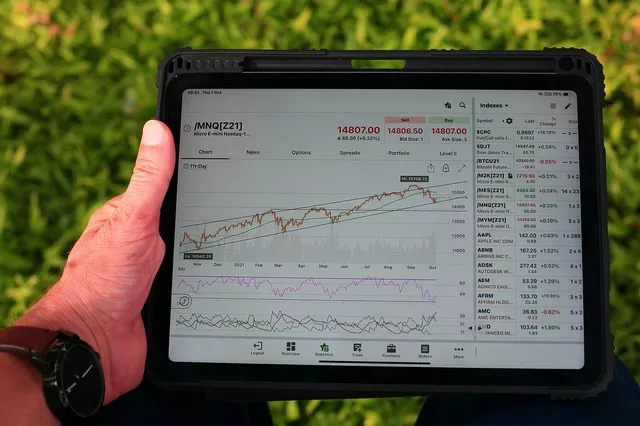Wall Street fund managers face mounting pressure as margin requirements on key equity futures contracts soar in response to heightened market turbulence.
CME Group Inc.’s clearing arm, CME Clearing, has significantly increased the initial margin requirements for both S&P 500 and VIX futures, reflecting a surge in market volatility that has gripped equity markets in recent weeks. The spike in margin costs comes as large swings in stock prices fuel risk concerns, compelling clearing houses to demand more collateral from traders to safeguard against potential defaults.
Rising Costs Amid Tumultuous Trading
Initial margin—the upfront amount traders must post to open a position—has jumped sharply, making it more expensive to maintain exposure to equity index and volatility futures. The increase aims to ensure that participants can meet their obligations as price movements grow more unpredictable.
Market watchers say the margin hikes are a direct response to intensified daily price fluctuations in major stock indices, including the S&P 500. The VIX, often dubbed Wall Street’s “fear gauge,” has also seen a dramatic rise, with traders seeking protection against continued uncertainty in equity markets.
A Growing Burden for Fund Managers
For hedge funds, asset managers, and proprietary trading firms, the increased margin requirements translate into tighter liquidity conditions. These players must either reduce their positions or allocate additional capital to meet the higher collateral demands—both of which can weigh on returns and constrain trading flexibility.
“The current environment is a perfect storm of volatility and risk aversion,” said one senior portfolio manager at a New York-based hedge fund. “Higher margin calls limit our ability to deploy capital efficiently and can force painful adjustments in portfolio strategy.”
Implications for Market Liquidity
Analysts warn that persistent high margin levels could have a dampening effect on overall market liquidity. As costs rise, smaller players may exit the market or scale back activity, potentially leading to thinner order books and increased volatility.
CME Group, one of the world’s largest derivatives marketplaces, adjusts its margin requirements based on a range of risk metrics, including volatility, trading volume, and historical price moves. Recent increases suggest the exchange sees prolonged turbulence on the horizon.
Looking Ahead
While higher margin costs are designed to enhance systemic stability and reduce default risk, they also highlight the fragile underpinnings of today’s markets. With geopolitical uncertainties, inflation concerns, and interest rate trajectories all contributing to investor anxiety, margin policy is likely to remain in sharp focus for both regulators and market participants.
As the market adapts to a new volatility regime, risk managers across Wall Street will need to remain vigilant—and well-capitalized.


